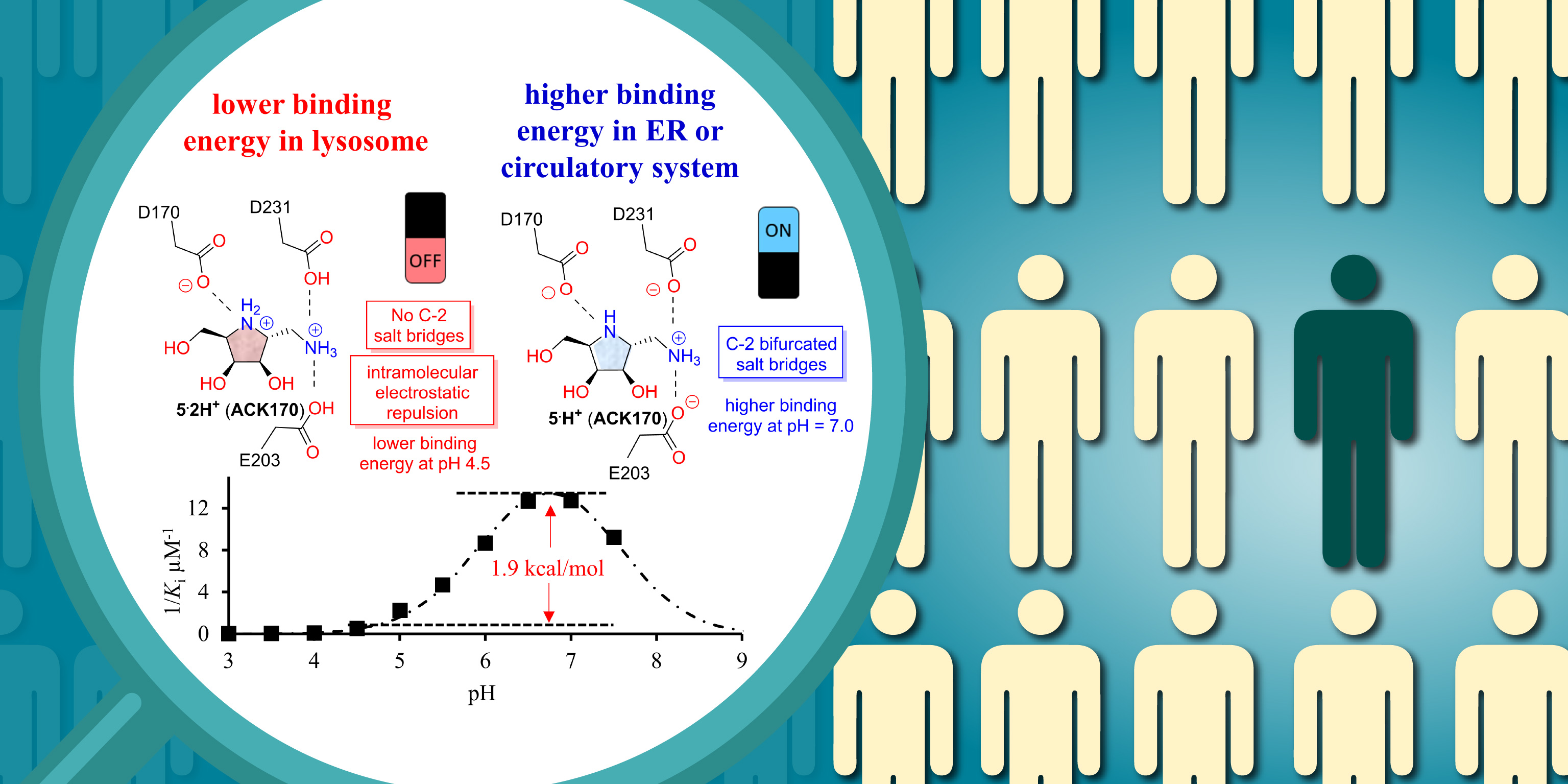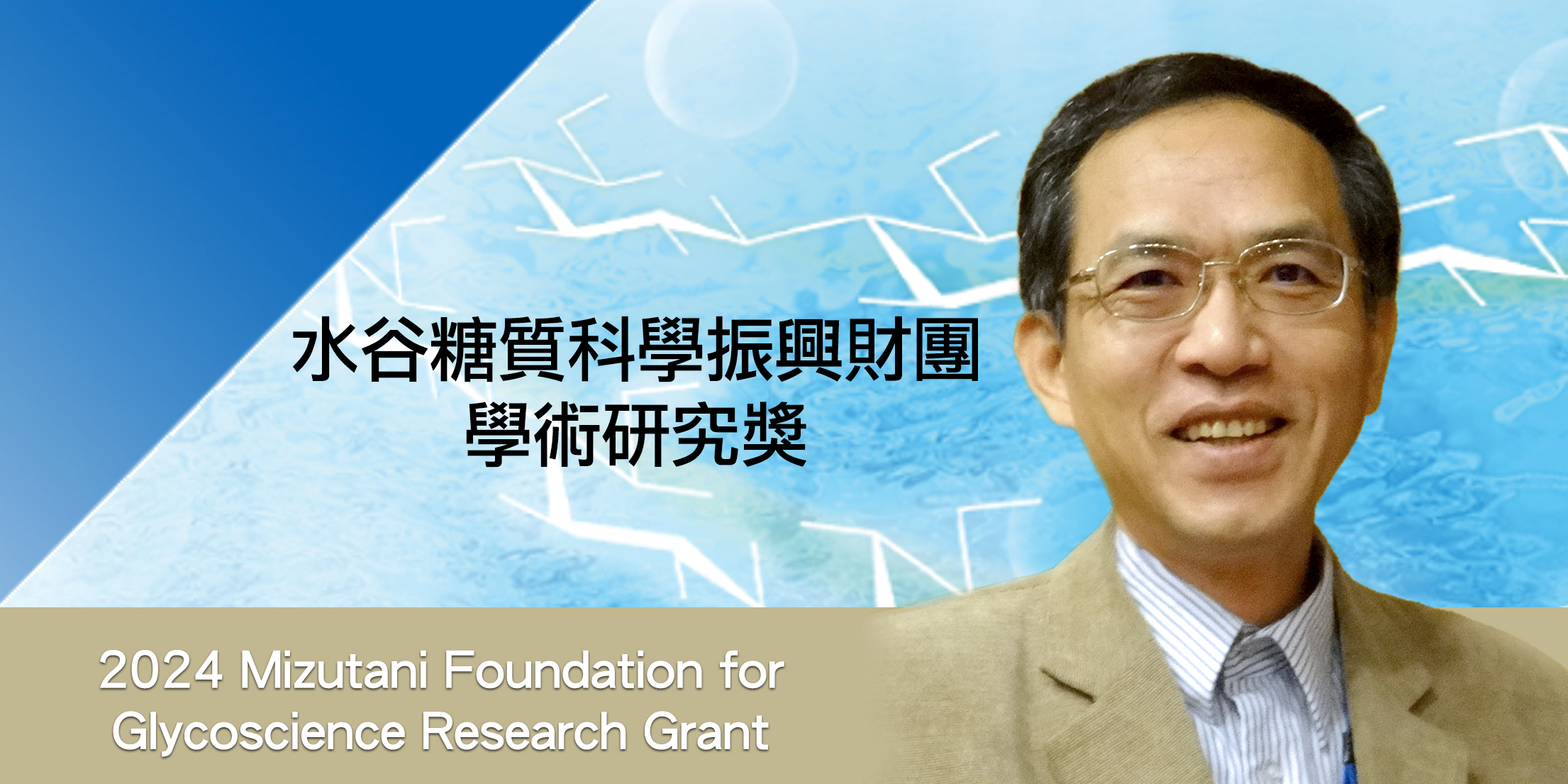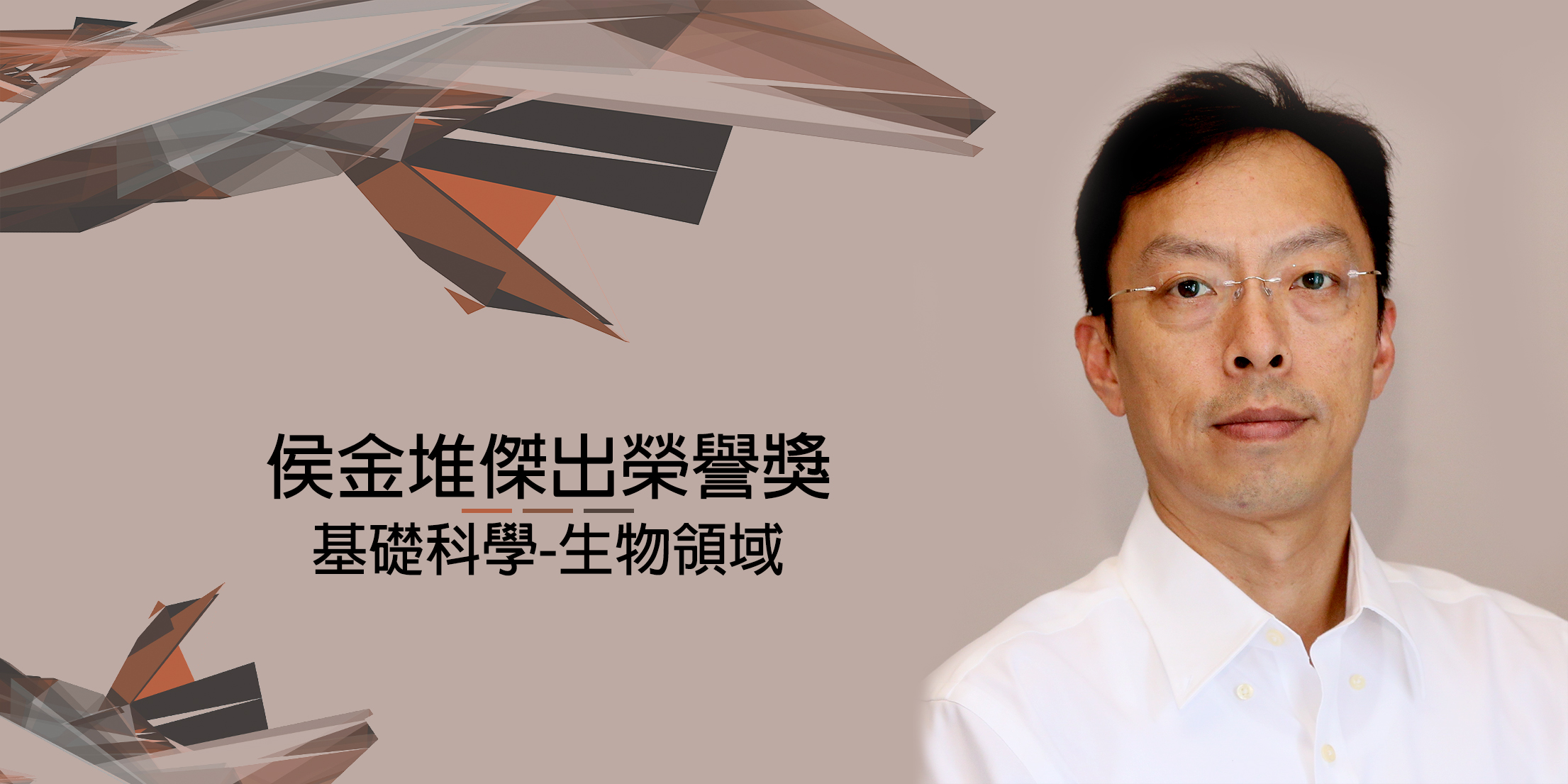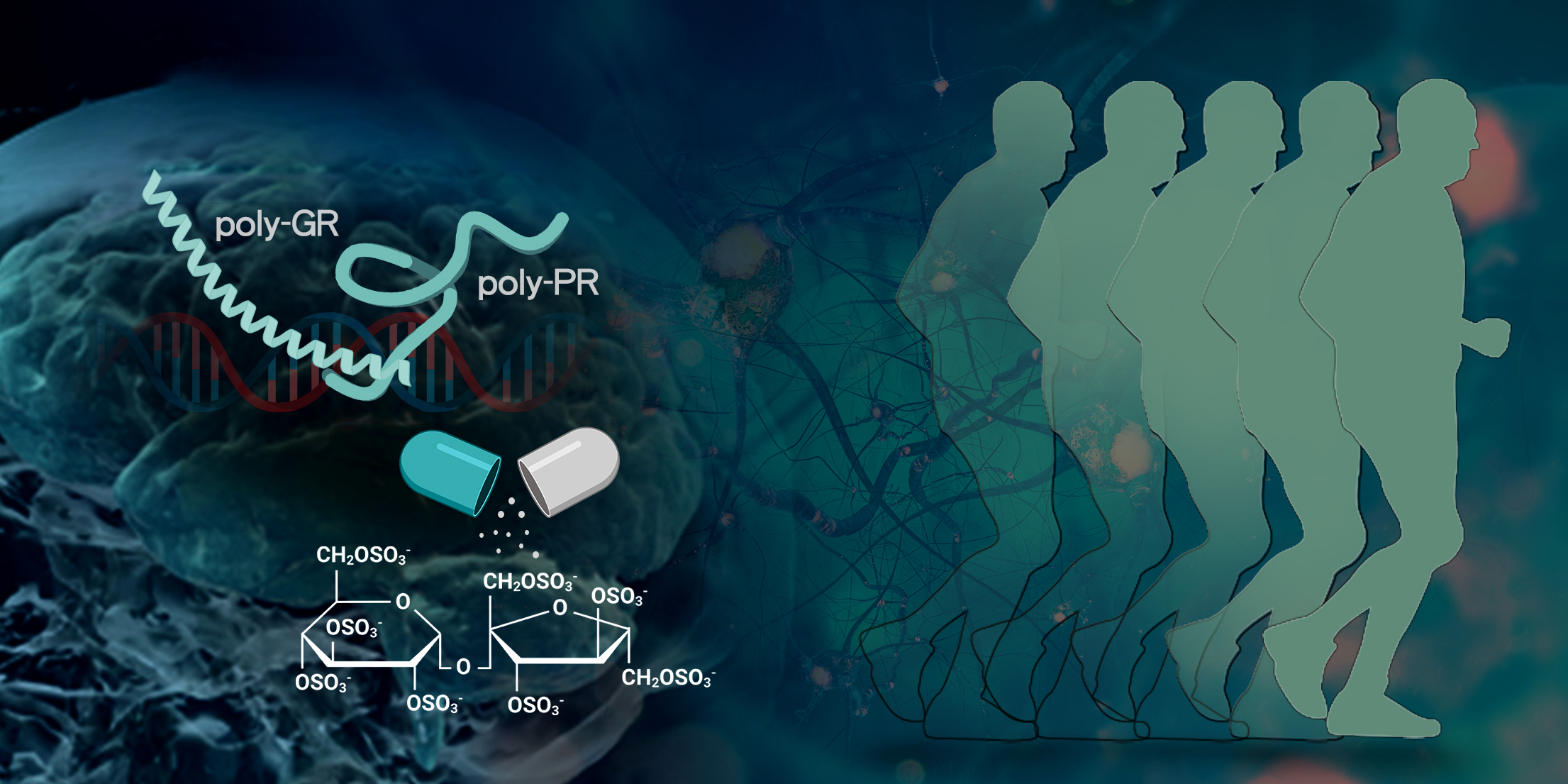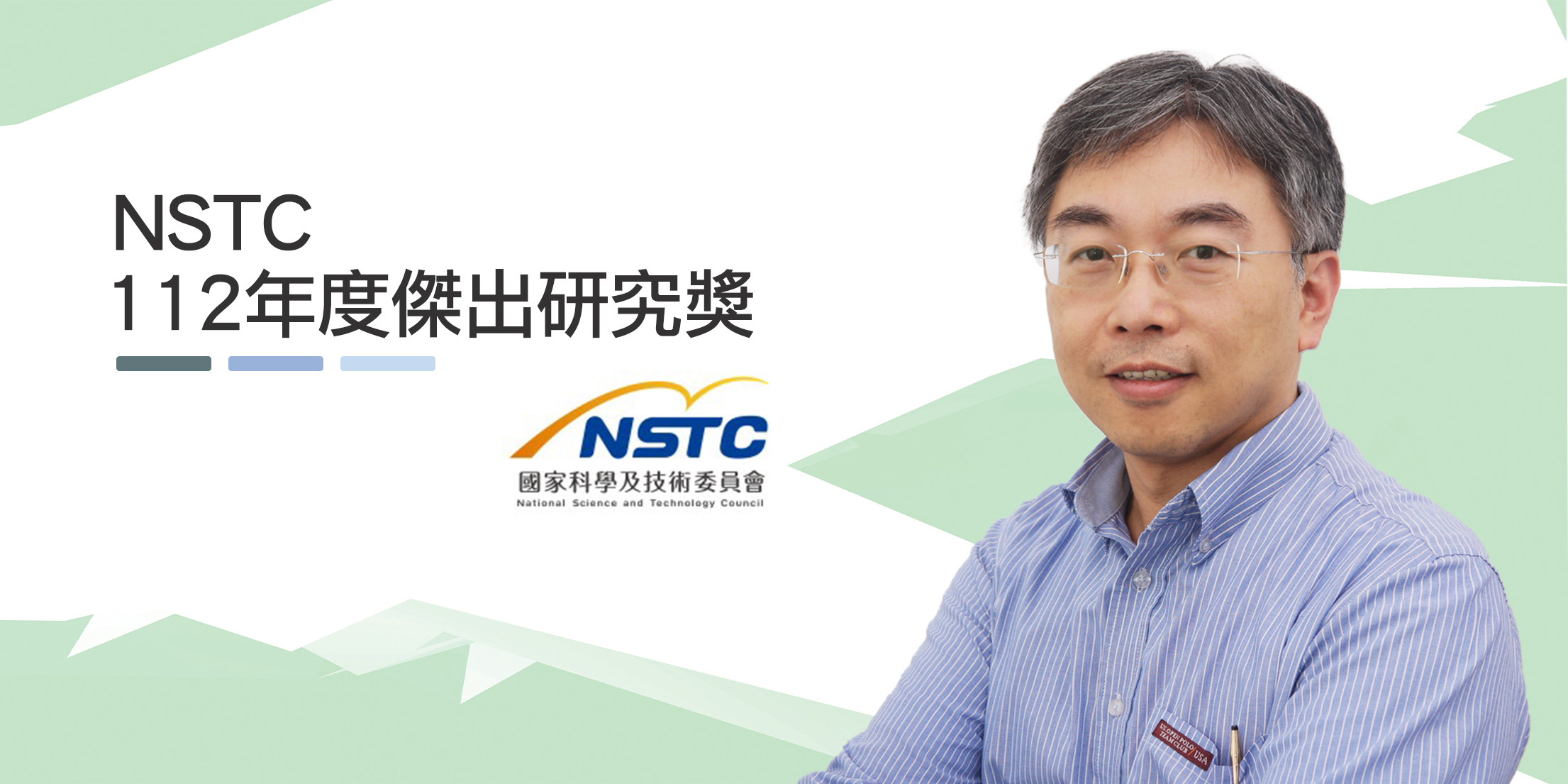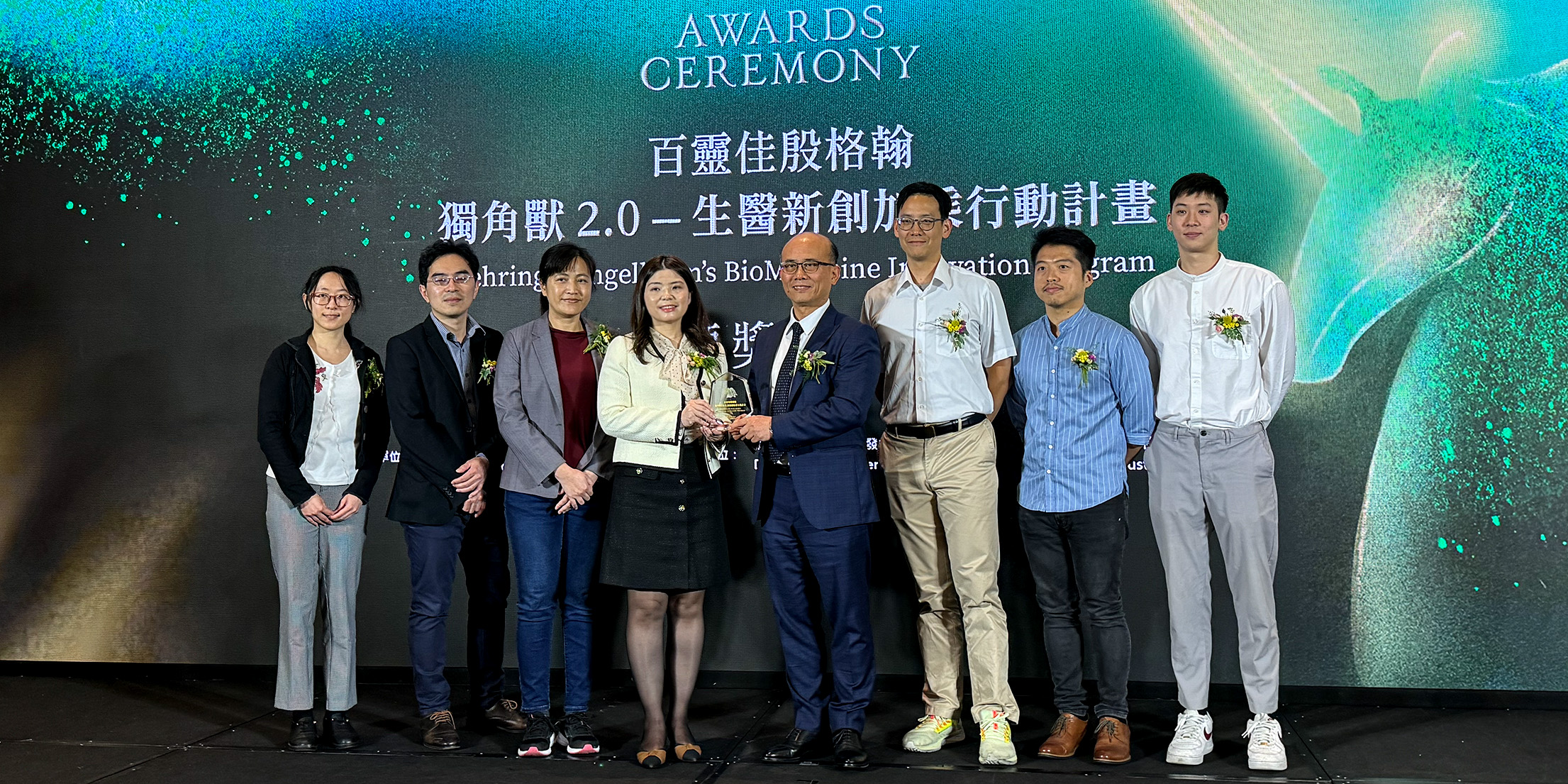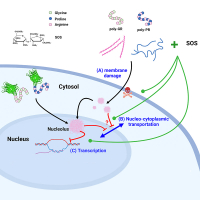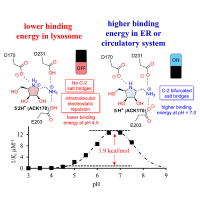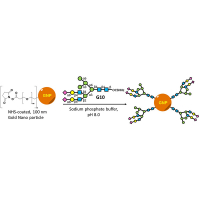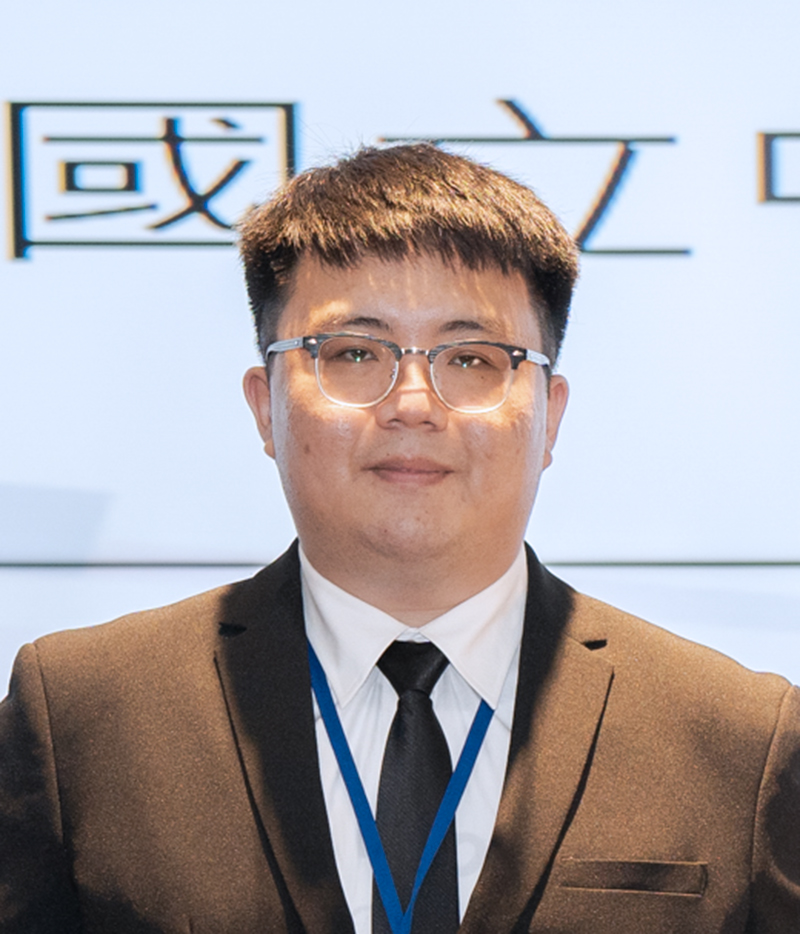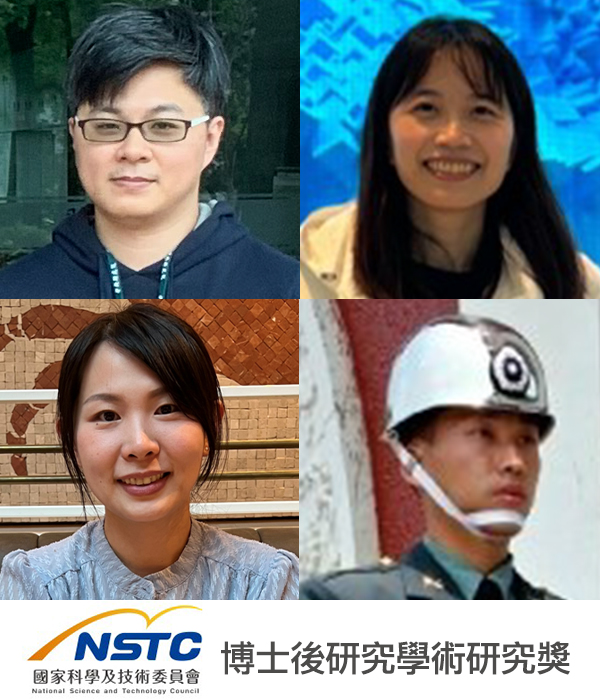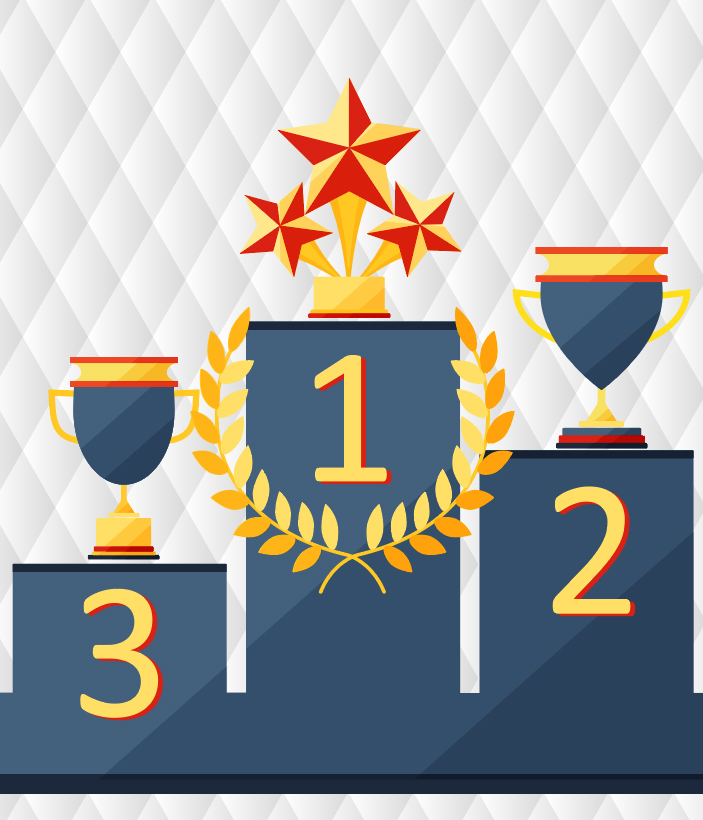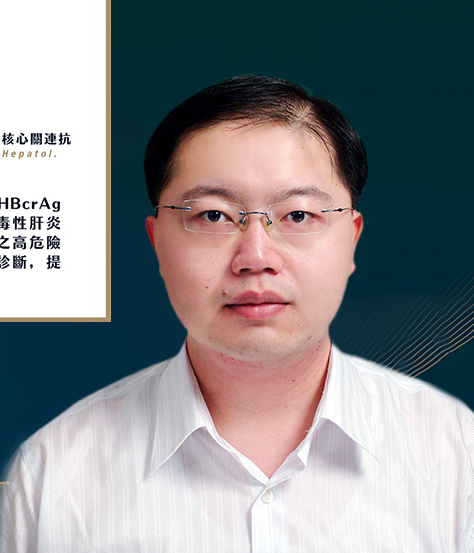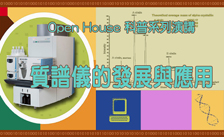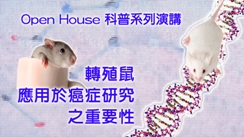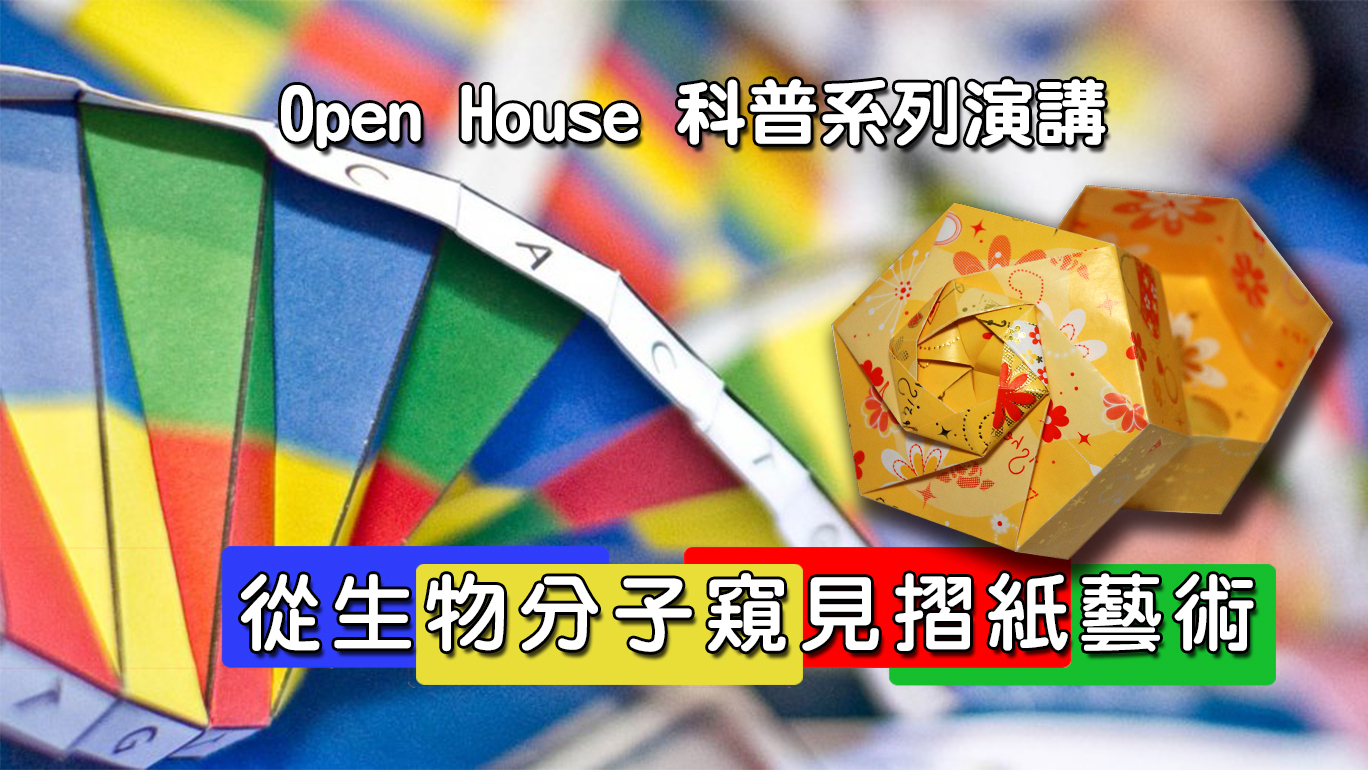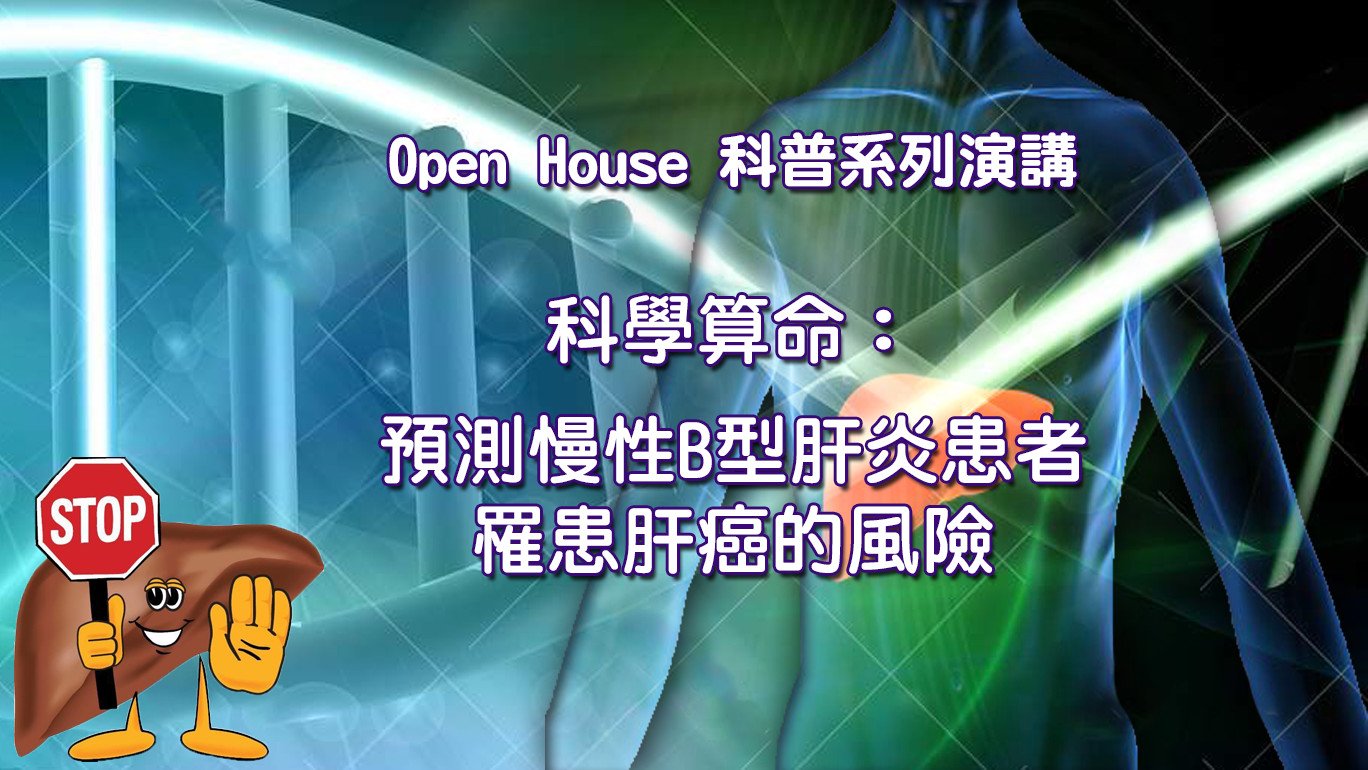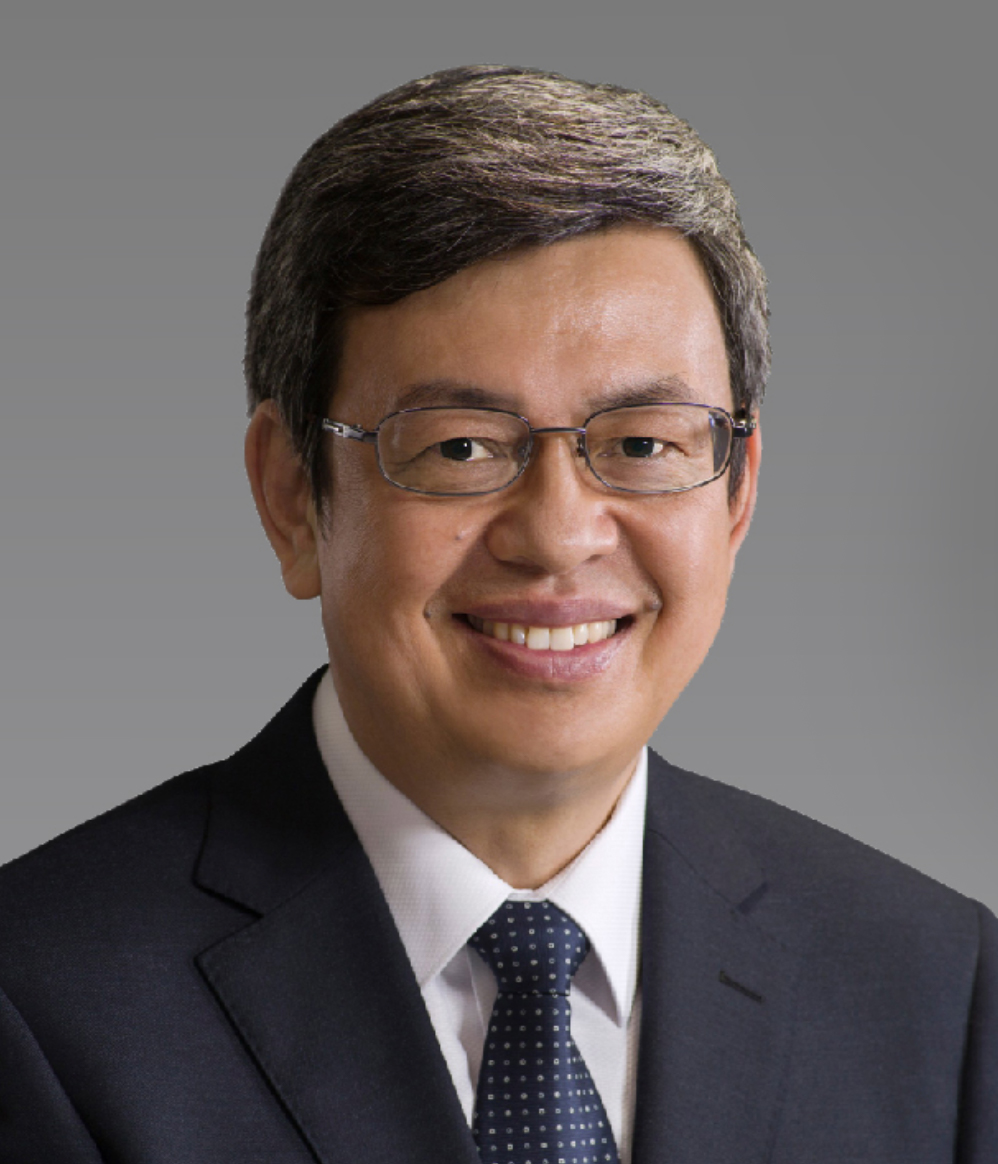 特聘研究員
特聘研究員
chencj
02-27871302
02-27871302
EDUCATION AND POSITIONS HELD:
- Professor, Graduate Institute of Epidemiology, National Taiwan University College of Public Health,Taipei, Taiwan, 1986-present
- Director, Graduate Institute of Epidemiology, National Taiwan University College of Public Health,Taipei, Taiwan, 1994-1997
- Adjunct Professor, Department of Biostatistics and Epidemiology, Tulane University, School ofPublic Health and Tropical Medicine, New Orleans, USA, 1994-present
- Director General, Division of Life Sciences, National Science Council, Executive Yuan, Republic ofChina, Taipei, Taiwan, 1997-1999
- Dean, College of Public Health, National Taiwan University, Taipei, Taiwan, 1999-2002
- Deputy Minister, National Science Council, Executive Yuan, Republic of China, Taipei, Taiwan,2002-2003
- Minister, Department of Health, Executive Yuan, Republic of China, Taipei, Taiwan, 2003-2005
- Minister, National Science Council, Executive Yuan, Republic of China, Taipei, Taiwan, 2006-2008
- Distinguished Professor, Genomics Research Center, Academia Sinica, Taipei, Taiwan, 2006-2015, 2020-present
- Chair Professor, Kaohsiung Medical University, Kaohsiung, Taiwan, 2008-2015
- Honorary Chair Professor, China Medical University, Taichung, Taiwan, 2008-2015
- Chair Professor, Catholic Fu-Jen University, Taipei, Taiwan, 2009-2015
HONORS:
- Scholarship for Studying Abroad, Ministry of Education, 1979
- Fogarty International Research Fellowship, US National Institute of Health, 1989
- Outstanding Teaching Award, Ministry of Education, ROC, 1992
- Outstanding Scholar, Foundation for Outstanding Scholarship, 1995-1999
- Academic Award, Ministry of Education, ROC, 1997
- Academician, Academia Sinica, 1998
- National Chair Professor, Ministry of Education, ROC, 1997-2002
- ISI Citation Classic Award, ISI Thomas Scientific, 2001
- Outstanding Research Fellow Award, National Science Council, ROC, 2003
- Health Medal (First Rank), Department of Health, ROC, 2005
- Achievement Medal (First Rank), Executive Yuan, ROC, 2005
- Presidential Science Prize, ROC, 2005
- Member, Academy of Sciences for the Developing World, 2005
- Honorary Member, Mongolian Academy of Sciences, 2007
- Cutter Lecturer on Preventive Medicine, Harvard University, 2008
- Dr. DV Datta Memorial Oration, Indian National Association for Study of the Liver, 2008
- Officier dans l’Ordre des Palmes Academiques, Ministry of Education, France, 2009
- Science and Engineering Achievement Award, Taiwanese-American Foundation, USA, 2009
- Member, Delta Omega Honorary Society in Public Health, Johns Hopkins University, 2010
- Outstanding Merit Award, Wang Ming-Ning Memorial Foundation, Taiwan, 2010
- Excellence in Cancer Prevention Award, Taiwan Joint Cancer Conference, Taiwan, 2011
- 14th Prof. Vikit Viranuvatti Lecturer, Gastroenterological Association of Thailand, 2011
- Science Profession Medal (First Prize), National Science Council, ROC, 2012
- Knowledge for the World Award, Johns Hopkins University, 2012
RESEARCH INTERESTS:
Molecular and genomic epidemiology
Researches in the Chen lab encompass a broad spectrum of molecular and genomic epidemiology. They include:
- Long-term follow-up study on the predictability of risk of hepatocellular carcinoma, cervical carcinoma and nasopharyngeal carcinoma for various biomarkers of chronic infection of hepatitis B and C virus, human papillomavirus and Epstein-Barr virus, respectively;
- Molecular biomarkers of chronic arsenic poisoning: gene-environment interaction;
- Multiplex family study and association study on susceptibility genes of cancers of hepatocellular carcinoma, cervical carcinoma and nasopharyngeal carcinoma;
- Genomic epidemiological study on susceptibility genes of female lung adenocarcinoma.
我們的研究工作主要著重於分子及基因體流行病學, 從事:
-
B型及C型肝炎病毒感染標記與肝細胞癌的長期追蹤研究;
-
人類乳突病毒感染標記與子宮頸癌的長期追蹤研究;
-
Epstein-Barr病毒感染標記與鼻咽癌的長期追蹤研究;
-
慢性砷中毒的分子流行病學研究:遺傳與環境交互作用的分析;
-
肝細胞癌、子宮頸癌與鼻咽癌的多發家族研究: 易罹癌基因連鎖分析;
-
女性肺腺癌的基因體流行病學研究:基因-基因與基因-環境交互作用的分析.
SELECTED PUBLICATIONS:
- Chiang Chun-Ju, Jhuang Jing-Rong, Yang Ya-Wen, Zhuang Bo-Zhi, You San-Lin, Lee Wen-Chung, Chen Chien-Jen*, 2022, “Association of Nationwide Hepatitis B Vaccination and Antiviral Therapy Programs With End-Stage Liver Disease Burden in Taiwan”, JAMA Network Open, 5(7), e2222367. (SCIE)
- Tsai TL, Kuo CC, Hsu LI, Tsai SF, Chiou HY, Chen CJ*, Hsu KH, Wang SL, 2021, “Association between arsenic exposure, DNA damage, and urological cancers incidence: A long-term follow-up study of residents in an arseniasis endemic area of northeastern Taiwan.”, Chemosphere, 266, 129094. (SCIE)
- Hsu WL, Chien YC, Huang YT, Yu KJ, Ko JY, Lin CY, Tsou YA, Leu YS, Liao LJ, Chang YL, Su JY, Liu Z, Wang CP, Terng SD, Hua CH, Lee JC, Yang TL, Kate Hsiao CH, Wu MS, Tsai MH, Liu MJ, Lou PJ, Hildesheim A, Chen CJ*, 2020, “Cigarette smoking increases the risk of nasopharyngeal carcinoma through the elevated level of IgA antibody against Epstein-Barr virus capsid antigen: A mediation analysis.”, Cancer Medicine, 9(5), 1867-1876. (SCIE)
- Chuang SC, Chen HC, Sun CW, Chen YA, Wang YH, Chiang CJ, Chen CC, Wang SL, Chen CJ*, Hsiung CA, 2020, “Phthalate exposure and prostate cancer in a population-based nested case-control study.”, ENVIRONMENTAL RESEARCH, 181, 108902. (SCIE)
- Chang MH*, You SL, Chen CJ, Liu CJ, Lee CM, Lin SM, Chu HC, Wu TC, Yang SS, Kuo HS, Chen DS, the Taiwan Hepatoma Study Group, 2009, “Decreased incidence of hepatocellular carcinoma in hepatitis B vaccinees: a 20-year follow-up study”, J Natl Cancer Inst, 101(19), 1348-1355.
- Chen CJ*, Yang HI, Ioleje UH, 2009, “Hepatitis B virus DNA levels and outcomes in chronic hepatitis B ”, Hepatology, 49,S72-S84. (SCIE)
- Fwu CW, Chien YC, Kirk GD, Nelson KE, You SL, Kuo HS, Feinleib M, Chen CJ*, 2009, “Hepatitis B virus infection and hepatocellular carcinoma among parous Taiwanese women: nationwide cohort study”, J Natl Cancer Inst, 101, 1019-1027.
- Yang HI, Yeh SH, Chen PJ, Iloeje UH, Jen CL, Wang LY, Lu SN, You SL, Chen DS,, 2008, “Association between Hepatitis B virus genotype and mutants and the risk of hepatocellular carcinoma”, J Natl Cancer I, 100, 1134-1143.
- Lin W, Wang SL, Wu HJ, Chang KH, Yeh P, Chen CJ, Guo HR, 2008, “Associations between arsenic in drinking water and pterygium in southwestern Taiwan”, Environ Health Perspect, 116, 952-955. (SCIE)
- Chen CL, Yang HI, Yang WS, Liu CJ, Chen PJ, You SL, Wang LY, Sun CA, Lu SN,, 2008, “Metabolic factors and risk of hepatocellular carcinoma by chronic hepatitis B/C virus infection: a follow-up study in Taiwan”, Gastroenterology, 135,111-121. (SCIE)
- F. I. Hsieh, T. S. Hwang, Y. C. Hsieh, H. C. Lo, C. T. Su, H. S. Hsu, H. Y. Chiou and C. J. Chen, 2008, “Risk of erectile dysfunction induced by arsenic through well water consumption in Taiwan”, Environ Health Perspect, 116, 532-536. (SCIE)
- U. H. Iloeje, H. I. Yang, C. L. Jen, J. Su, L. Y. Wang, S. L. You, C. J. Chen, for the REVEAL–HBV Study Group, 2007, “Risk and predictors of mortality associated with chronic hepatitis B infection”, Clin Gastroenterol Hepatol, 5, 921-931.
- U. H. Iloeje, H. I. Yang, J. Su, C. L. Jen, S. L. You and C. J. Chen, 2006, “Predicting cirrhosis risk based on the level of circulating hepatitis B viral load”, Gastroenterology, 130, 678-686. (SCIE)
- C. J. Chen, H. I. Yang, J. Su, C. L. Jen, S. L. You, S. N. Lu, G. T. Huang and U. H. Iloeje, 2006, “Risk of hepatocellular carcinoma across a biological gradient of serum hepatitis B virus DNA level”, JAMA, 295, 65-73.
- M. W. Yu, S. H. Yeh, P. J. Chen, Y. F. Liaw, C. L. Lin, C. J. Liu, W. L. Shih, J. H. Kao, D. S. Chen and C. J. Chen, 2005, “Genotype and DNA levels of hepatitis B virus and the risk of hepatocellular carcinoma”, J Natl Cancer Inst, 97, 265-272.
- H. I. Yang, S. N. Lu, S. L. You, C. A. Sun, L. Y. Wang, K. Hsiao, P. J. Chen, D. S. Chen, Y. F. Liaw and C. J. Chen*, 2002, “Hepatitis B e antigens and the risk of hepatocellular carcinoma”, New Engl J Med, 347, 168-174. (SCIE)
- Y. C. Chien, J. Y. Chen, M. Y. Liu, H. I. Yang, M. M. Hsu, C. J. Chen* and C. S. Yang, 2001, “Serologic markers of Epstein-Barr virus infection and nasopharyngeal carcinoma in Taiwanese men”, New Engl J Med, 345, 1877-1882. (SCIE)
- K. H. Morales, L. Ryan*, T. L. Kuo, M. M. Wu and C. J. Chen, 2000, “Risk of internal cancers from arsenic in drinking water”, Environ Health Perspect, 108, 655-661. (SCIE)
- C. J. Chen*, M. W. Yu and Y. F. Liaw, 1997, “Epidemiological characteristics and risk factors of hepatocellular carcinoma”, J Gastroenterol Hepatol, 12, S294-S308.
- M. H. Chang*, C. J. Chen, M. S. Lai, M. S. Kong, T. C. Wu, D. C. Liang, H. M. Hsu, W. Y. Shau, D. S. Chen and Taiwan Childhood Hepatoma Study Group, 1997, “Universal hepatitis B vaccination in Taiwan and the incidence of hepatocellular carcinoma in children”, New Engl J Med, 336, 1855-1859. (SCIE)
- H. Y. Chiou, Y. M. Hsueh, K. F. Liaw, S. F. Horng, M. H. Chiang, Y. S. Pu, J. S. N. Lin, C. H. Huang and C. J. Chen*, 1995, “Incidence of internal cancers and ingested inorganic arsenic: A seven-year follow-up study in Taiwan”, Cancer Res, 55, 1296-1300. (SCIE)
- C. J. Chen*, Y. M. Hsueh, M. S. Lai, M. P. Hsu, M. M. Wu and T. Y. Tai, 1995, “Increased prevalence of hypertension and long-term arsenic exposure”, Hypertension, 25, 53-60. (SCIE)
- Y. J. Zhang, W. Jiang, C. J. Chen, C. S. Lee, S. M. Kahn, R. M. Santella and I. B. Weinstein*, 1993, “Amplification and overexpression of cyclin D1 in human hepatocellular carcinoma”, Biochem Biophys Res Commun, 196, 1010-1016.
- C. J. Chen*, C. W. Chen, M. M. Wu and T. L. Kuo, 1992, “Cancer potential in liver, lung, bladder and kidney due to ingested inorganic arsenic in drinking water”, Brit J Cancer, 66, 888-892. (SCIE)
- C. J. Chen* and C. J. Wang, 1990, “Ecological correlation between arsenic level in well water and age-adjusted mortality from malignant neoplasms”, Cancer Res, 50, 5470-5474. (SCIE)
- M. M. Wu, T. L. Kuo, Y. H. Hwang and C. J. Chen*, 1989, “Dose-response relation between arsenic concentration in well water and mortality from cancers and vascular diseases”, Am J Epidemiol, 130, 1123-1132. (SCIE)
- C. J. Chen*, T. L. Kuo and M. M. Wu, 1988, “Arsenic and cancers (letter)”, Lancet, 1, 414-415. (SCIE)
- C. J. Chen*, M. M. Wu, S. S. Lee, J. D. Wang, S. H. Cheng and H. Y. Wu, 1988, “Atherogenicity and carcinogenicity of high-arsenic artesian well water: Multiple risk factors and related malignant neoplasms of blackfoot disease”, Arteriosclerosis, 8, 452-460.
- C. J. Chen, Y. C. Chuang, S. L. You, T. M. Lin and H. Y. Wu, 1986, “A retrospective study on malignant neoplasms of bladder, lung and liver in blackfoot disease endemic area in Taiwan”, Br J Cancer, 53, 399-405.
- C. J. Chen*, Y. C. Chuang, T. M. Lin and H. Y. Wu, 1985, “Malignant neoplasms among residents of a blackfoot disease-endemic area in Taiwan: High-arsenic artesian well water and cancers”, Cancer Res, 45, 5895-5899. (SCIE)
